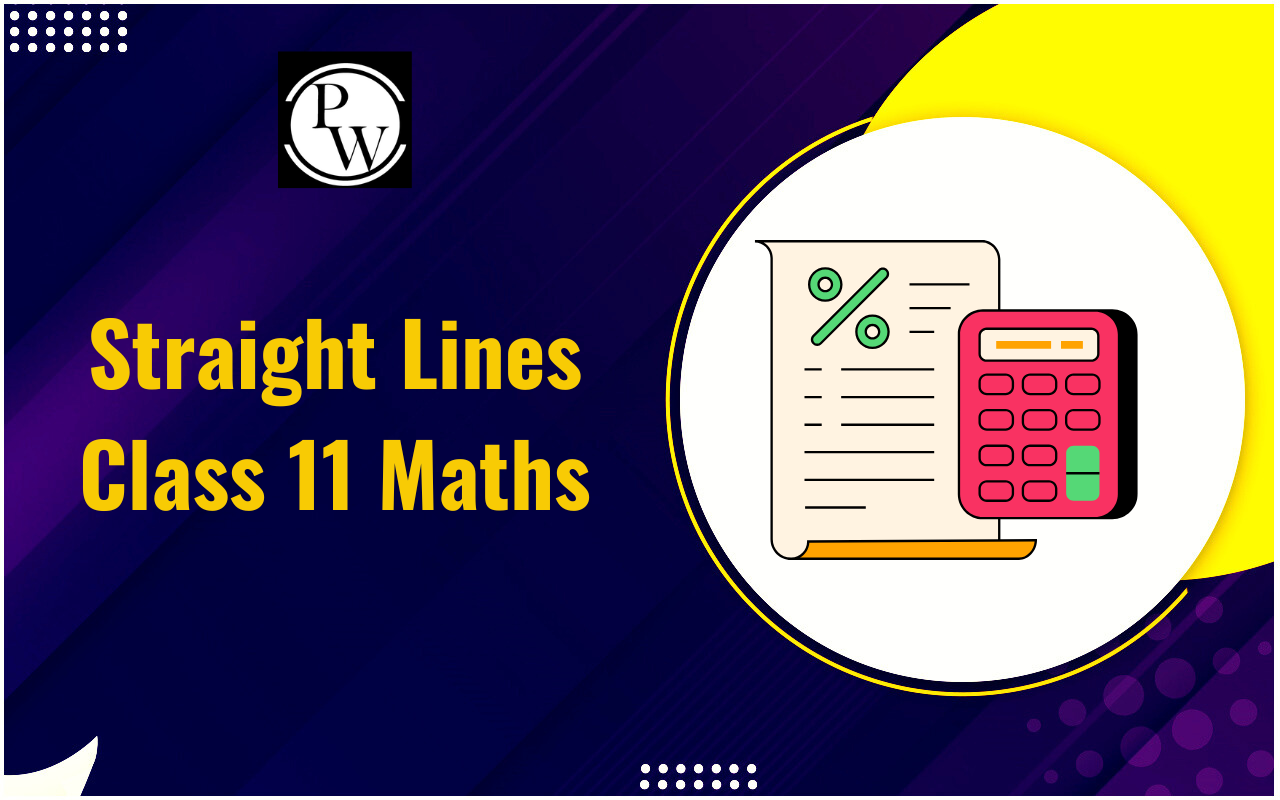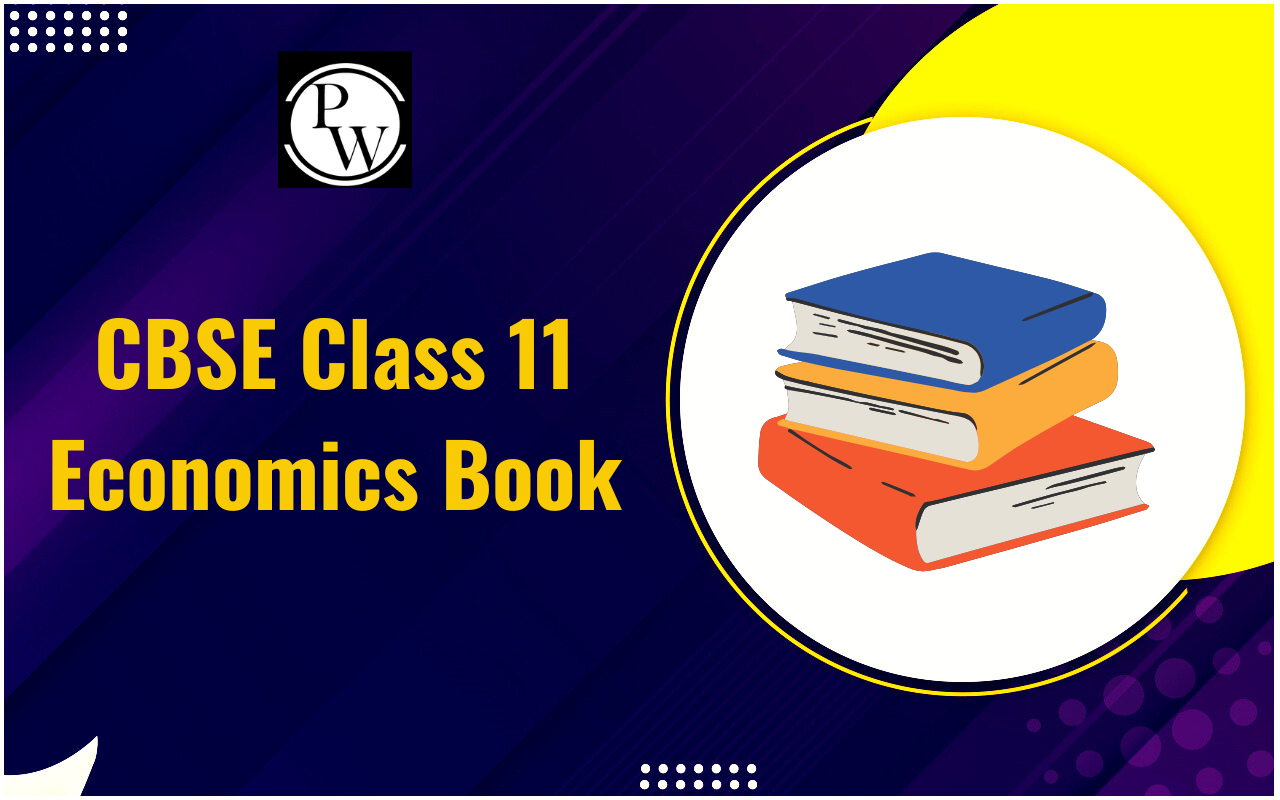
Both types of goods play a crucial role in an economy, but their purposes, usage, and effects on economic activities differ significantly. In this article, we’ll learn the difference between consumption goods and capital goods, their characteristics, types, and impact on economic growth.
What Are Consumption Goods?
Consumption goods, also known as consumer goods, are products that are directly used by individuals for personal satisfaction and consumption. These goods do not contribute to further production; instead, they fulfill immediate human wants and needs.
Examples of Consumption Goods:
-
Food and Beverages: Items like fruits, vegetables, and dairy products are consumed for nourishment.
-
Clothing: Shirts, jeans, and footwear provide comfort and style.
-
Electronics: Smartphones, laptops, and televisions used for entertainment and communication.
-
Household Items: Furniture, detergents, and kitchenware needed for daily living.
Types of Consumption Goods:
Consumption goods can be further classified into:
-
Durable Goods: These have a long lifespan, such as refrigerators, washing machines, and cars.
-
Non-Durable Goods: These are consumed quickly, like food, beverages, and toiletries.
-
Services: Although intangible, services such as healthcare, education, and tourism also fall under consumer goods.
The main characteristic of consumption goods is that they are not used to produce other goods or services; instead, they are meant for immediate consumption.
What Are Capital Goods?
Capital goods are physical assets used by businesses and manufacturers to produce goods and services. These goods are not directly consumed but are essential for production processes. Capital goods help in the long-term economic growth of a nation by increasing productivity.
Examples of Capital Goods:
-
Machinery and Equipment: Machines used in factories for manufacturing cars or textiles.
-
Buildings and Infrastructure: Offices, factories, and warehouses that facilitate production.
-
Tools and Technology: Computers, 3D printers, and software used in business operations.
-
Vehicles for Business Use: Trucks, forklifts, and airplanes used for commercial purposes.
Types of Capital Goods:
Capital goods can be classified into:
-
Fixed Capital Goods: Machinery, tools, and buildings that are used over time.
-
Working Capital Goods: Raw materials and semi-finished goods used in production.
Unlike consumption goods, capital goods are used repeatedly in the production process and help generate income.
Key Difference Between Consumption Goods and Capital Goods
Below we’ve mentioned the key difference between Consumption Goods and Capital Goods:
| Difference between Consumption Goods and Capital Goods | ||
| Aspect | Consumption Goods | Capital Goods |
| Purpose | Used for direct consumption | Used in production of other goods |
| Users | Individuals and households | Businesses, manufacturers, and industries |
| Examples | Food, clothing, electronics, furniture | Machinery, equipment, tools, buildings |
| Lifespan | Varies (short-term for non-durables, long-term for durables) | Long-term usage in production processes |
| Economic Impact | Contributes to consumer demand | Contributes to economic growth and production |
| Reusability | Usually consumed once or for a short period | Used repeatedly in production |
Economic Importance of Consumption Goods and Capital Goods
Below we’ve mentioned the economic importance of consumption goods and capital goods:
Impact of Consumption Goods:
-
Drives Market Demand: High demand for consumer goods boosts retail and manufacturing sectors.
-
Reflects Economic Well-being: More consumption indicates a higher standard of living.
-
Short-Term Growth Contribution: Increases business profits by selling products to consumers.
Impact of Capital Goods:
-
Enhances Productivity: Businesses use capital goods to produce more efficiently.
-
Long-Term Economic Growth: Investment in capital goods leads to technological advancement.
-
Creates Employment Opportunities: Factories and industries require skilled labor to operate machinery and equipment.
The difference between consumption goods and capital goods also affects government policies. Investments in capital goods often receive tax benefits, while consumer goods are heavily taxed to regulate demand and inflation.
Why Understanding the Difference Between Consumption Goods and Capital Goods Is Important?
-
For Investors: Investors analyze capital goods industries to predict economic growth.
-
For Businesses: Companies decide how much to allocate for capital investment and consumer production.
-
For Policymakers: Governments balance policies between consumer demand and industrial growth.
-
For Students: Economics students need to understand these classifications for exams and research.
Both types of goods are essential for a balanced economy. While consumption goods keep the demand high, capital goods ensure sustainable production capacity.
The difference between consumption goods and capital goods lies in their usage, purpose, and contribution to the economy. Consumption goods are meant for direct use by consumers, fulfilling immediate needs, while capital goods help businesses produce other goods, ensuring long-term economic development.
Both goods are interconnected, as increased capital goods production leads to better availability and affordability of consumption goods. Understanding the difference between consumption goods and capital goods helps individuals and businesses make informed economic decisions.
By investing wisely in capital goods, a nation can enhance productivity, generate employment, and sustain economic progress while ensuring that consumption goods meet society's everyday needs.
| Commerce Related Links | |
| What is Crisis Management | |
Difference Between Consumption Goods and Capital Goods FAQ
What is the primary difference between consumption goods and capital goods?
Can a product be both a consumption good and a capital good?
How do consumption goods and capital goods impact the economy?










